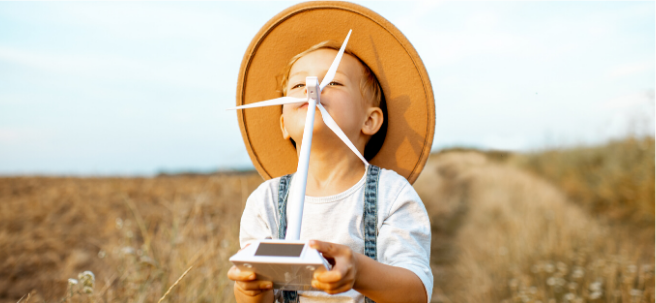
23 de June de 2020
June 23, 2020. On September 25, 2015, 193 countries belonging to the United Nations committed to achieving 17 Sustainable Development Goals (SDGs) by 2030, which is why they are also known as the 2030 Agenda.
- In 2015, the United Nations identified 17 “Sustainable Development Goals” to be achieved by 2030.
- Of the total, 2 of them have a direct impact on Rural Development .
 |
The goals pursue equality among people, protecting the planet, and ensuring prosperity, as part of a new global social contract.
Although the SDGs are not legally binding, governments have adopted them as their own and are responsible for monitoring them. This is an opportunity for different levels (local, regional, and national) to propose specific actions to develop an agenda aligned with the new global reality.
Rural Development and SDGs
Action to achieve the SDGs must be carried out at many levels, but local action is the most important. In rural areas, there are two SDGs that directly concern us:
Goal 11 - Sustainable Communities
Spain has a marked aging of its population and a high rate of rural depopulation, which causes significant territorial imbalances. The risk of poverty and social exclusion has increased, reflected in the migration from villages to cities.
Population aging is occurring in 22 of the 50 provinces, with a critical situation in 14 of them. Only 10 Autonomous Communities have a regional territorial planning instrument that serves as a strategic framework for the planning of communities and their territories.
The priorities for action in this objective are:
- Waste management (rural areas).
- Protection of cultural and natural heritage.
- Support positive economic, social, and environmental links between urban, peri-urban, and rural areas by strengthening national and regional development planning.
To contribute to this goal, the existence and participation of Local Action Groups (public-private partnerships operating through assemblies) and Rural Laboratories (Rural Labs) are vital. These groups structure the territory through local actions for the rural development of each area.
Goal 15 - Life on land
Given Spain's natural wealth, the diversity of environments found within its territory, its biogeographical position, and the extent of its sparsely populated areas, it's understandable that managing its forested area, biodiversity, and natural heritage poses a significant challenge. Furthermore, the two types of ecosystems to which the 2030 Agenda gives special attention— forests and mountain areas —are of great importance and extent in Spain.
Forests, and by extension mountains, are a fundamental element for economic and social development, with a particular impact on rural areas . The exodus of the rural population to cities is generating new challenges in areas that have been intensively managed by the population to obtain essential natural and food resources. Within a few decades, these areas have become abandoned, posing threats and risks to their stability and diversity.
Thousands of people also depend directly on agriculture, but 52% of the land used for this activity is affected by soil degradation. The loss of arable land is estimated at 30 to 35 times the historical rate (globally).
Therefore, by 2030, it is essential to combat desertification, rehabilitate degraded land and soils, and strive for land-degradation-neutral agriculture.
The existence of Operational Groups and Innovation Projects (groups of actors with different profiles who join forces to achieve innovation in order to solve a problem or take advantage of an opportunity) plays a vital role in this objective. These groups, through research, development, and innovation projects, seek solutions to the problems at hand.
History
The Sustainable Development Goals (SDGs) are successors to the Millennium Development Goals (MDGs) and seek to expand on the successes achieved with them, as well as achieve those goals that were not achieved.
The SDGs, officially launched in January 2016, reflect a new understanding that development everywhere must integrate economic growth, social well-being, and environmental protection.
Data Sources:
Tobar Rivers (2017)
https://www.agenda2030.gob.es/es
https://www.un.org/sustainabledevelopment/es/sustainable-development-goals/











